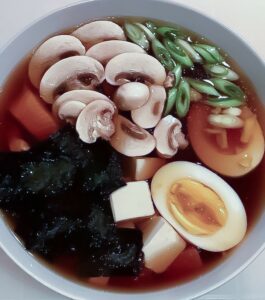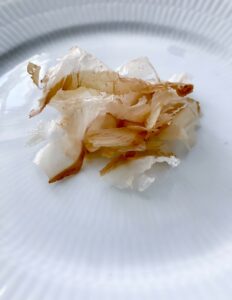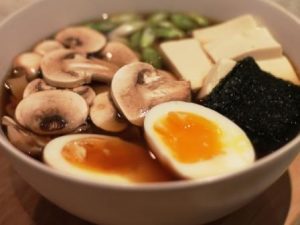
Yes, it is true. The most popular fast food in Japan is very healthy. It is a dish that suits the busy everyday life which consists of long working days, family and free time.
On their way home from work, the Japanese like to visits one of the many Japanese noodle soup bars, which are located in almost every street.
A Japanese noodle soup that does not take many minutes to eat embraces the entire food pyramid. The soup base is made from scratch and noodles, meat and vegetables are then added. There is not just one noodle soup on the menu, most noodle soup bars specialize in making several different soups.
Often it will be recipes that have been passed down for generations. Other eateries have chosen to develop their own recipes. What characterizes a classic Japanese noodle soup is that local vegetables are used.
On the Japanese noodle soup course for beginners, you learn step by step how to make 2 very different tasty Japanese noodle soups from scratch.
_
Zoë has lectured and held sushi courses for A. P. Moller – Maersk, Hugo Boss Nordic, Novo Nordisk, Novartis, Velux, Gorrissen Federspiel, Beierholm revision, Elbek & Vejrup and many more.




